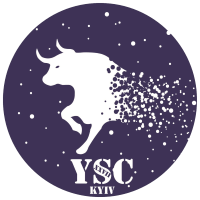Speaker
Description
We consider a data driven approach as an alternative to the traditional photometric techniques to determine distance moduli m-M to the galaxies. In our first work (Elyiv et al., 2020, Astron. & Astrophys.) we tested the five machine learning regression techniques for inference of $m-M$: linear, polynomial, k-nearest neighbors, Gradient boosting, and artificial neural network and obtained rms error 0.35 mag, which corresponds to relative error 16 %. The two samples of galaxies were compiled from the NED and limited 1500 km/s < VLG < 60000 (30000) km/s.
In this work, our target dataset consists of 55 922 galaxies at 0.9 < z < 2 from the SDSS DR14. We used key observable parameters such as the corrected Petrosian fluxes and Petrosian radius in u, g, r, i, z bands as input explanatory variables for training and the redshift as target parameter. We tested the usage of four machine learning regressions (linear, polynomial, k-nearest neighbors and Gradient boosting) to predict redshifts applying these observable parameters.
We found that usage of the KNN regression model with distance weights, euclidean distance (p = 2), and 13 neighbors for redshift is the most effective. The obtained root-mean-square error for the calculated redshift is equal to 0.082, which corresponds to relative error 5%. It does not depend almost on the distance to the galaxy and is comparable with methods based on Tully-Fisher and Fundamental Plane relations. The proposed model is complementary to the existing photometric redshift methodologies.

